Now Reading: Top 5 Best Places Visiting in Sehore – Temples, Waterfalls & Historical Sites
-
01
Top 5 Best Places Visiting in Sehore – Temples, Waterfalls & Historical Sites

Top 5 Best Places Visiting in Sehore – Temples, Waterfalls & Historical Sites
1.Saru-Maru caves
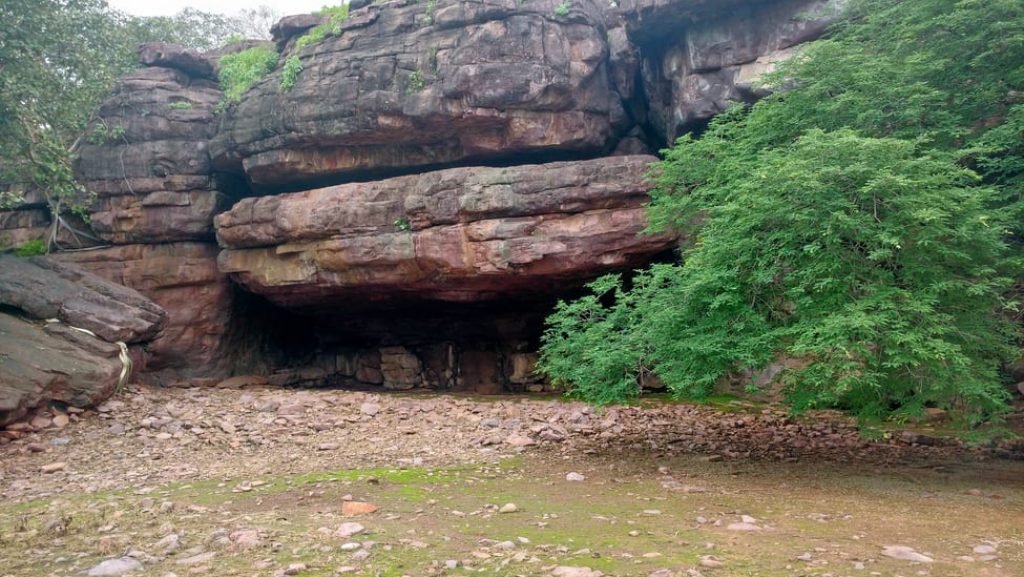
Saru Maru represents an ancient monastic complex that contains Buddhist cave sites located within its archaeological boundaries. The archaeological site exists close to the Pangoraria settlement which sits inside Budhani Tehsil of Sehore District. The location stands approximately 120 kilometers to the south of Sanchi.
A pair of stupas as well as natural monk caves exist within the site area. Many Buddhist graffiti featuring shapes like swastika, triratna, and kalasa emerge from these caves. Two Ashokan inscriptions discovered the main cave featured the Minor Rock Edict version 1 among other Edicts of Ashoka and a second record about Maharaha Kumara’s visit to the site.
The message written on this site indicates Ashoka visited the Buddhist monastic complex as viceroy of Madhya Pradesh despite his official residence located at Vidisha.
2.Vindhyawasini Mata Temple
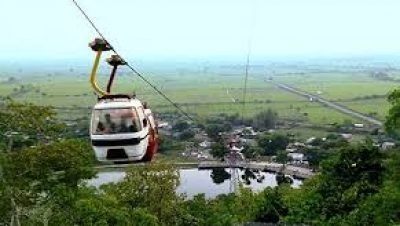
One can find the sacred Vindhyawasini Mata Temple or Salkanpur Durga Temple at an elevation of 800 feet standing on a hillrock in the vicinity of Rehti village and 70 kilometers distant from Bhopal in Madhya Pradesh. A potent siddhpeeth dedicated to Ma Durga Beejasan stands at the temple which honors the fierce divine incarnation of Goddess Durga.
Spiritual Significance
The Devi Vindhyavasini manifests as Ma Durga Beejasan through whom devotees seek grants of wishes and protection from the righteous. Believers at this site hold the belief that the goddess showcases extraordinary power through her blessings of true-hearted individuals who maintain steadfast devotion.
The temple has achieved supreme religious significance for Indian believers from Madhya Pradesh and throughout all regions of India. Hundreds of thousands of people visit the compound daily while many others make the difficult ascent of more than 1000 stairs to reverence the sacred inner chamber. Spiritual pilgrims go through a difficult climb which serves as a divine penitential practice.
Festivals and Celebrations
A grand fair takes place at the temple during Navratri because of the spiritual enthusiasm and community involvement organized by the Salkanpur Trust. A diverse group of people from various professions visits this shrine to worship through religious rites and intensify their connection with Ma Durga. Throughout the temple grounds prayers mix with devotion and bright lights create an eternal sacred atmosphere.
3.All Saints’ Church Sehore – 1838

Located in the heart of Madhya Pradesh, Sehore is a town that murmurs stories of a vibrant and vibrant past. Among its several historic landmarks is All Saints’ Church, a heritage site constructed in 1838 by a British political agent from Scotland. This church is more than just another colonial relic—it is an almost exquisite copy of a church in Scotland, speaking of a strong bond between the builder and his homeland.
What makes the All Saints’ Church truly remarkable is its authenticity. Each stone, every feature of its architectural design was designed in the image of British, more precisely, Scottish. The surrounding landscape was too extracted for even the grounds, that had been speckled with taller bamboo trees reminiscent of those The Hills too. Walking around the church campus feels like you have entered a different world; where Indian soil carries Scottish charm with charm.
History
For entering Sehore is to tread the paths of centuries. This town has been the see-saw of dynasties, empires, cultures and civilizations. Presently standing as a peaceful yet impactful representation of the British influence and the appeasing architecture they have created in Sehore is the All Saint’s Church blending fearlessly with India’s affluent heritage.
Best Time to Visit
- Though Sehore has forever charm but the best times to experience its whole charm is:
- November – when the autumn wind slants the gold on forests’ and on gardens’ trees.
- March – when the season of spring awakens from winter, colouring the town with a riot of hues.
4.Cenotaphs of Kunwar Chain Singh

The historical Cenotaphs of Kunwar Chain Singh hide exactly two kilometers from Sehore’s central district near Sehore–Indore Road. These stone memorials situated in Dashahra Wala Maidan near Lotia River serve as statues which showcase the courageous resistance against colonial authority.
Indian history recognizes Kunwar Chain Singh of Narsinghgarh estate as a brave warrior who wrote his name through his undeterred boldness. The during which Kunwar Chain Singh stood against British political agent Mr. Medhank represents early resistance forms that developed against colonial domination. Despite limited coverage in official historical records Chain Singh demonstrated the defiant spirit that Indian leaders used to confront foreign domination.
Significance
- Different memorials which exist at the site combine cenotaphs with samadhis and tombs to offer more than remembrance beyond memorial status. The architecture you observe during your walk at the complex serves as more than artifacts yet grants access to a tale honoring resistance together with pride alongside sacrifice.
- The peaceful location near the Lotia River flows gently so this site provides an excellent environment for history learners and those who journey for peaceful solitude. The Dashahra Wala Maidan serves both as a location for community festivals and as an attractive cultural spot at this historical site.
5.Ganesh Mandir
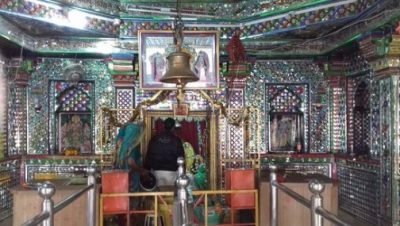
The revered Ganesh Mandir which is also known as Sidhha Ganesha Mandir exists in Gopalpur village where north-western direction leads from the main center of the settlement. The sacred temple exists 3 kilometers from the District Headquarters where numerous worshippers visit due to its historical significance and enchanting spiritual environment.
History
According to local tradition Ganesh Mandir first appeared during the time when King Vikramaditya ruled Ujjain as an astute and devout ruler. BajiRao the Maratha Peshwa later renovated the temple thus enriching its cultural and architectural worth.
Related articles : Top 5 Best Places Visiting in Satna – Temples, Forts & Natural Wonders
Stay Informed With the Latest & Most Important News
Previous Post
Next Post
-
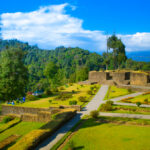 01Top 5 Best Places Visiting in Gyalshing – Monasteries, Lakes & Scenic Escapes
01Top 5 Best Places Visiting in Gyalshing – Monasteries, Lakes & Scenic Escapes -
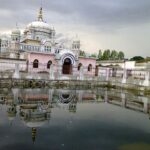 02Top 5 Best Places Visiting in Panna – Temples, Waterfalls & Wildlife Escapes
02Top 5 Best Places Visiting in Panna – Temples, Waterfalls & Wildlife Escapes -
 03Top 5 Best Places to Visit in Malerkotla – Malerkotla Fort, Sheesh Mahal & More
03Top 5 Best Places to Visit in Malerkotla – Malerkotla Fort, Sheesh Mahal & More -
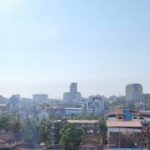 04Top 10 Best Places Visiting in Dakshina Kannad for Culture, Nature & Coastal Charm
04Top 10 Best Places Visiting in Dakshina Kannad for Culture, Nature & Coastal Charm -
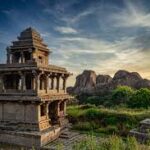 05Top 2 Best Places Visiting in Chitradurga for History, Nature & Adventure
05Top 2 Best Places Visiting in Chitradurga for History, Nature & Adventure -
 06Best Places Visiting in Shopian – Explore Top Attractions & Hidden Gems
06Best Places Visiting in Shopian – Explore Top Attractions & Hidden Gems -
 07Best Places Visiting in Narmadapuram – Temples, Waterfalls & Wildlife Escapes
07Best Places Visiting in Narmadapuram – Temples, Waterfalls & Wildlife Escapes













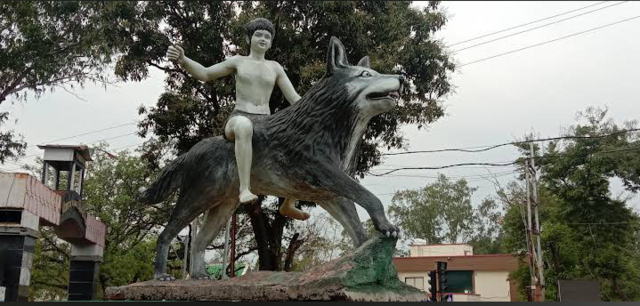
Pingback: Best Places Visiting in Seoni – Wildlife, Heritage & Scenic Spots